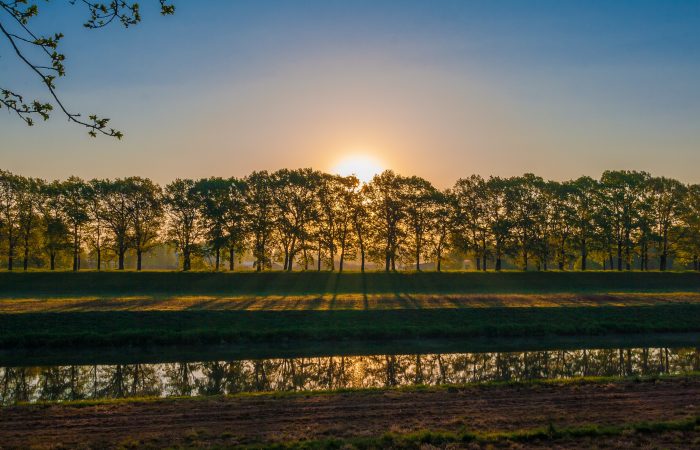Global freshwater resources are being challenged at unprecedented levels. Human stress on our most precious resource caused by deforestation, industrial agriculture, careless wildfires, and poor irrigation practices has left farmers, ranchers, families, and communities extremely vulnerable. (Adeel et al. 2005). Without water there is no life, and 1.4B inhabitants occupy 11.9M Km² in the highest risk desertification zones, remain in desperate need of mitigating technologies that can sustain burgeoning populations, especially in developing nations. (United Nations, 2022).
A combination of deep knowledge of organic chemistry and a passion for resource conservation, the team at Responsive Drip Irrigation LLC (RDI) has disrupted the irrigation industry with their revolutionary GrowStream ™ system, creating first rate commercial agricultural opportunities in the so-called third world. The most common irrigation method used for 85% of the world’s irrigated land known as Flood Irrigation, is a system which opens and shuts the flow of water basins, dams, and canals, attempting to flood the root systems of fruit trees and other row crops (Haseeb, 2017). Although it requires no electricity, it remains the most water-intensive irrigation method, yet only a small percentage of water actually reaches the plant roots.
GrowStream technology uses smart irrigation tubing that communicates directly with plants to regulate water delivery. This unique system emits small amounts of water directly to plant roots. RDI reads the chemical signals sent by the plant’s roots, called exudates, and delivers water only when requested, making it a truly plant responsive and highly efficient system. GrowStream’s Advanced tubing design allows millions of micropores coated with a hydrophilic polymer to chemically bind water molecules and suspend them on the surface of the tube, aiding in water transport. Each plant regulates its own water delivery, dramatically improving efficiency over the next most water efficient option, Standard Drip Irrigation, and considerably increasing yields. The system operates at a constant low pressure, between 1-3 PSI, and requires much less electricity than Standard Drip Irrigation. RDI harnesses gravity from water catchment systems and can move water across grow areas up to 1200 ft. in length. Water from lakes, ponds, rivers, and brackish bodies of water can be potential sources (RDI, 2022)
RDI has been deployed all over the world in developing nations in extremely arid climates. Debo Onafowara of BIC farms in Nigeria, credits RDI for saving Nigerian agriculture and “showing the next generation of growers that agriculture doesn’t have to rely on inefficient systems to obtain water”. Other success stories include regenerative farms at refugee camps in Kenya, and additional projects in Pakistan and Iraq that are helping to conserve water and grow food. The natural world is constantly seeking a state of balance. By watering crops only when needed, RDI mimics this perfect balancing act, that’s why it works. As the human population continues to expand, the efficiency of RDI will play a huge role in preserving and expanding the natural resources we need to survive.
Citations
About – responsive drip irrigation: How plant-responsive irrigation works. Responsive Drip Irrigation. (2022, May 6). Retrieved August 3, 2022, from https://www.responsivedrip.com/about-plant-responsive-irrigation/
Adeel, Z., Safriel, U., Niemejer, D., & White, R. (2005, February 19). Ecosystems and Human Well-Being. Washington D.C.; World Resources Institute.
United Nations Convention to Combat Desertification, 2022. The Global Land Outlook, second edition. UNCCD, Bonn.



